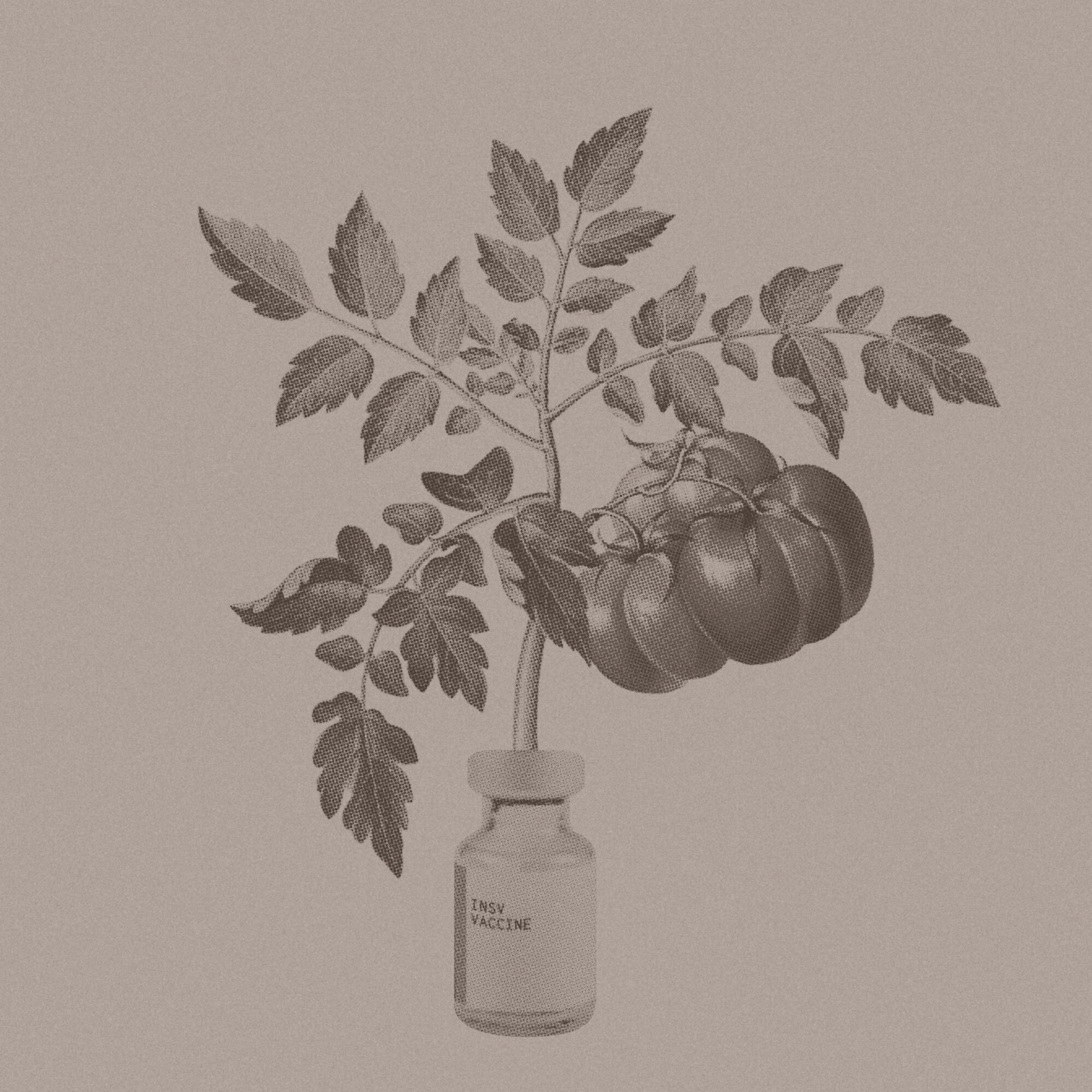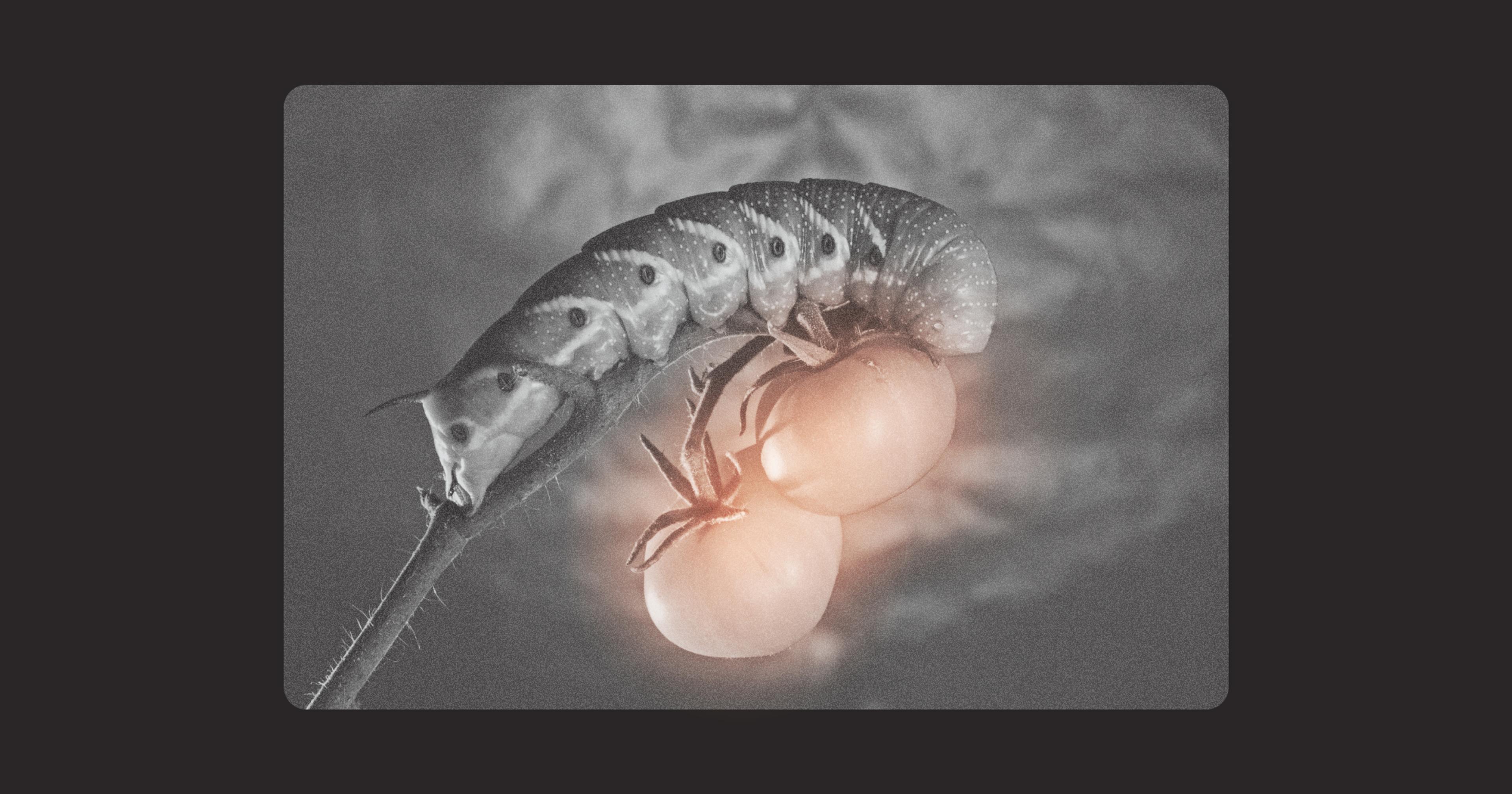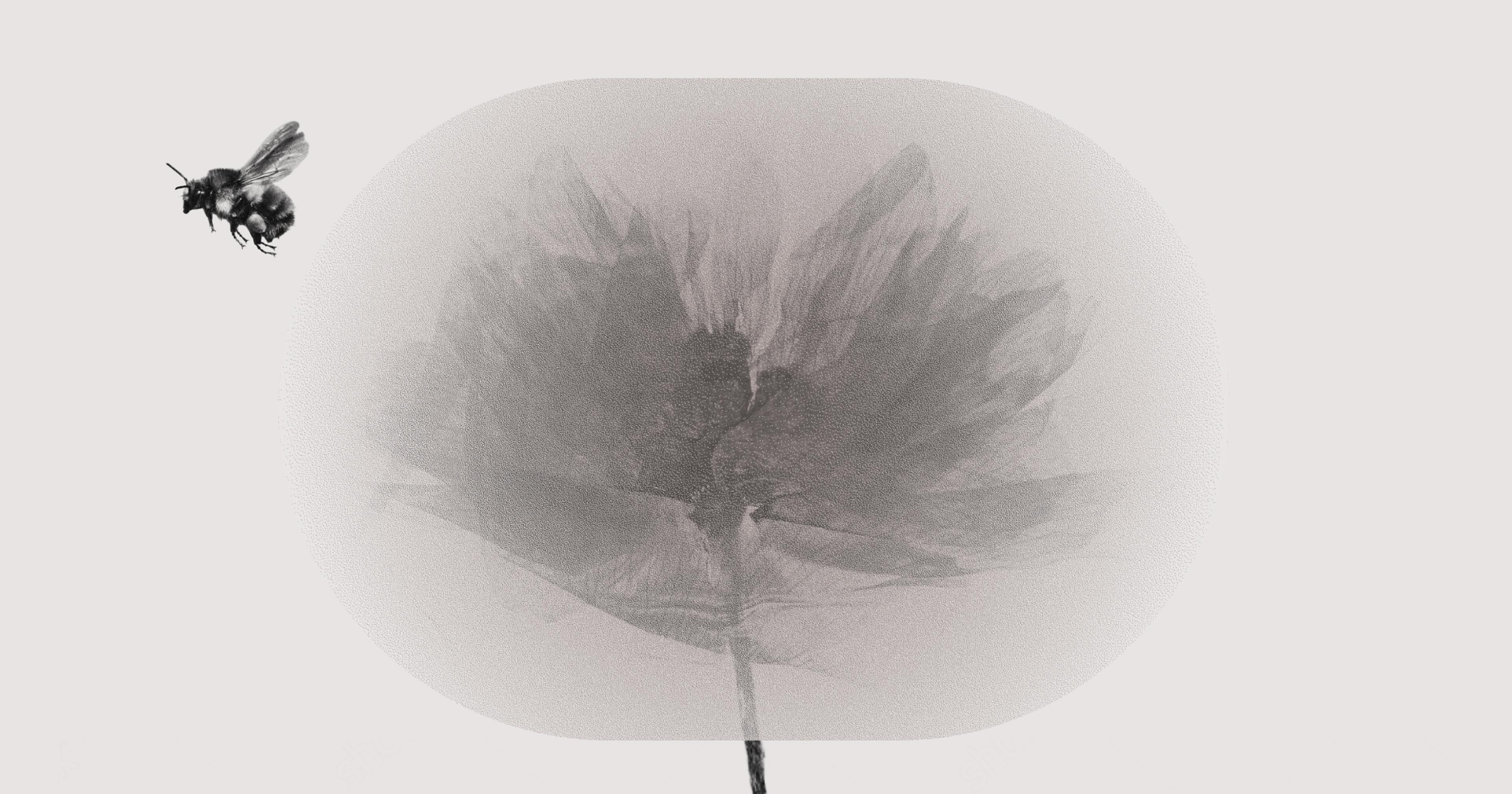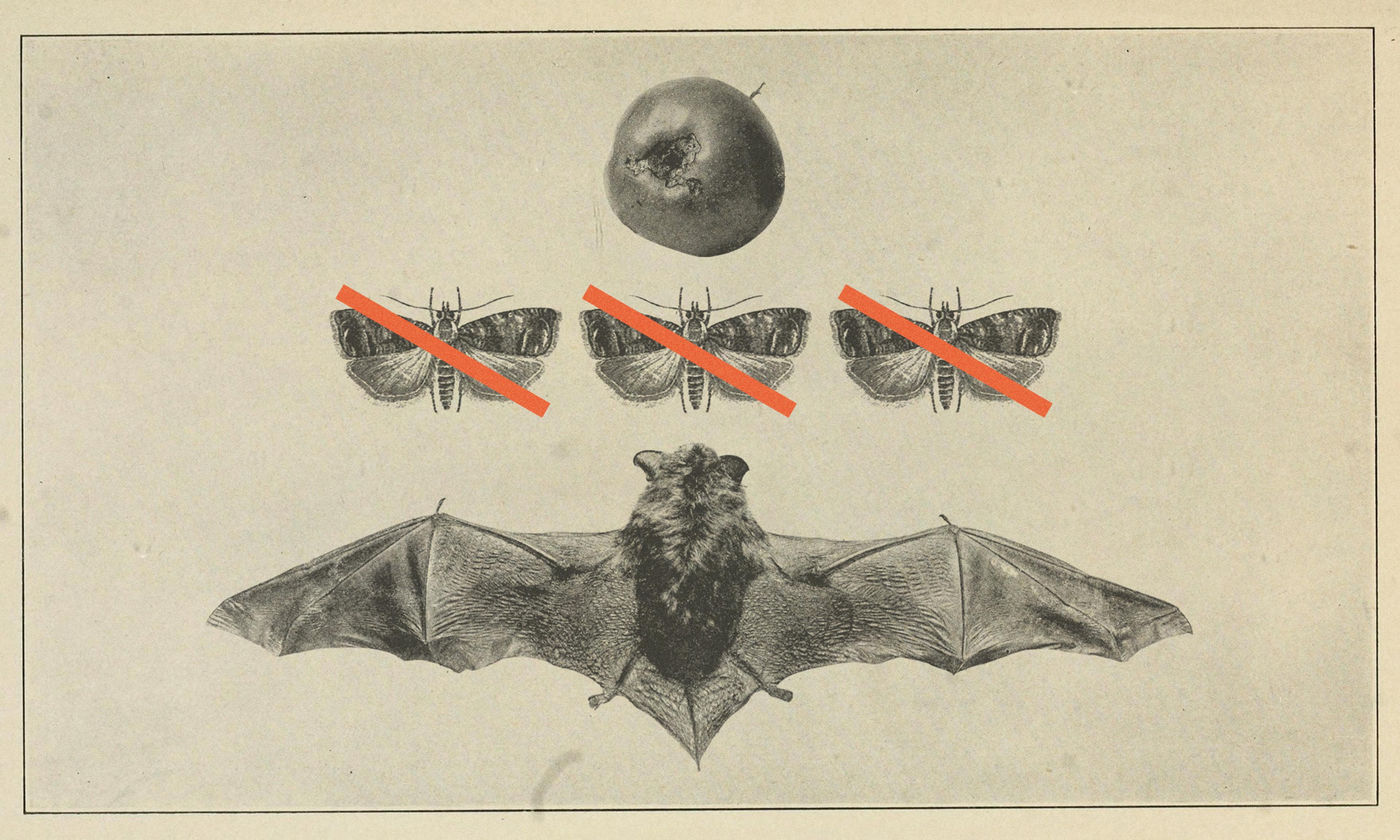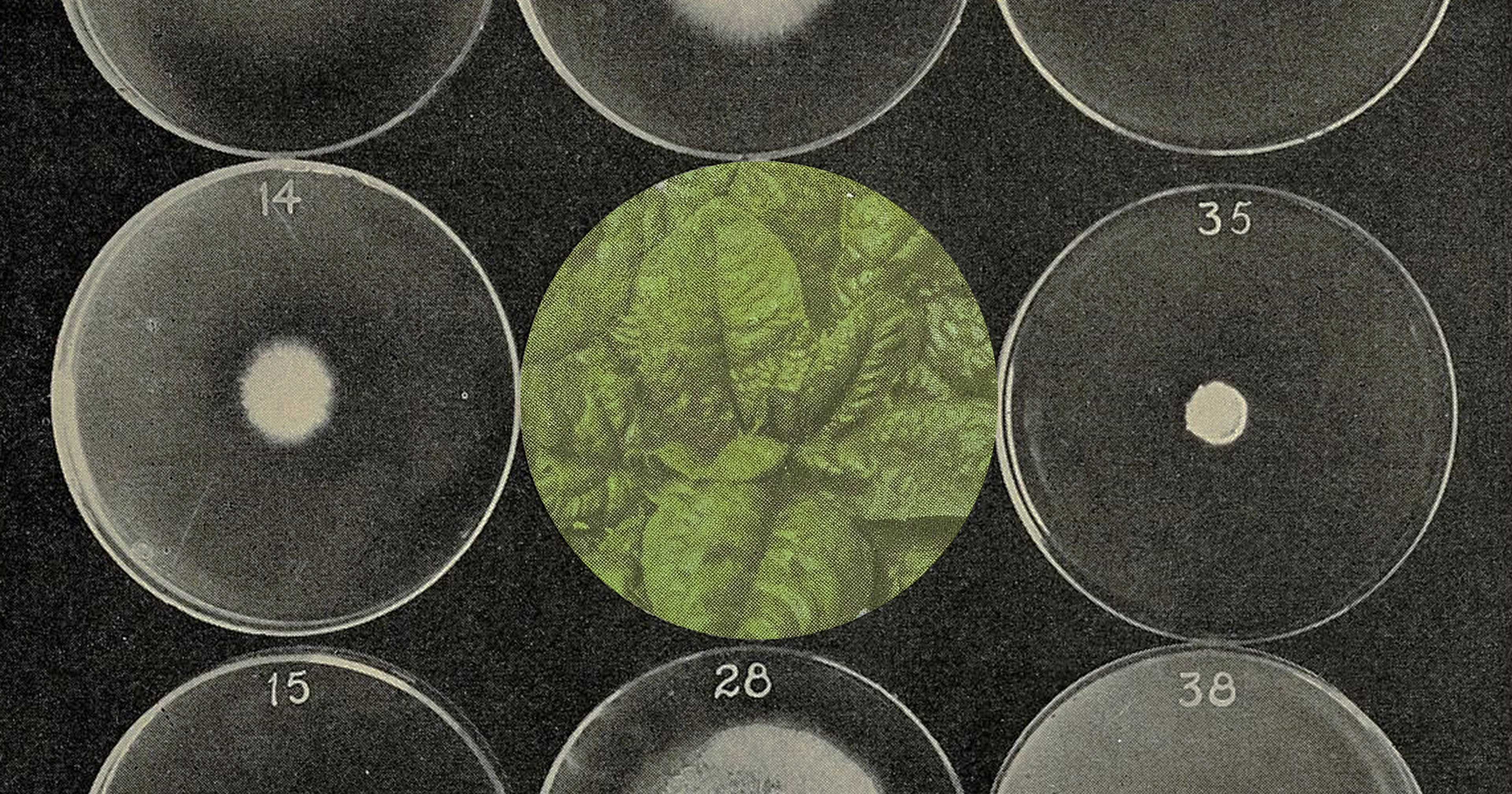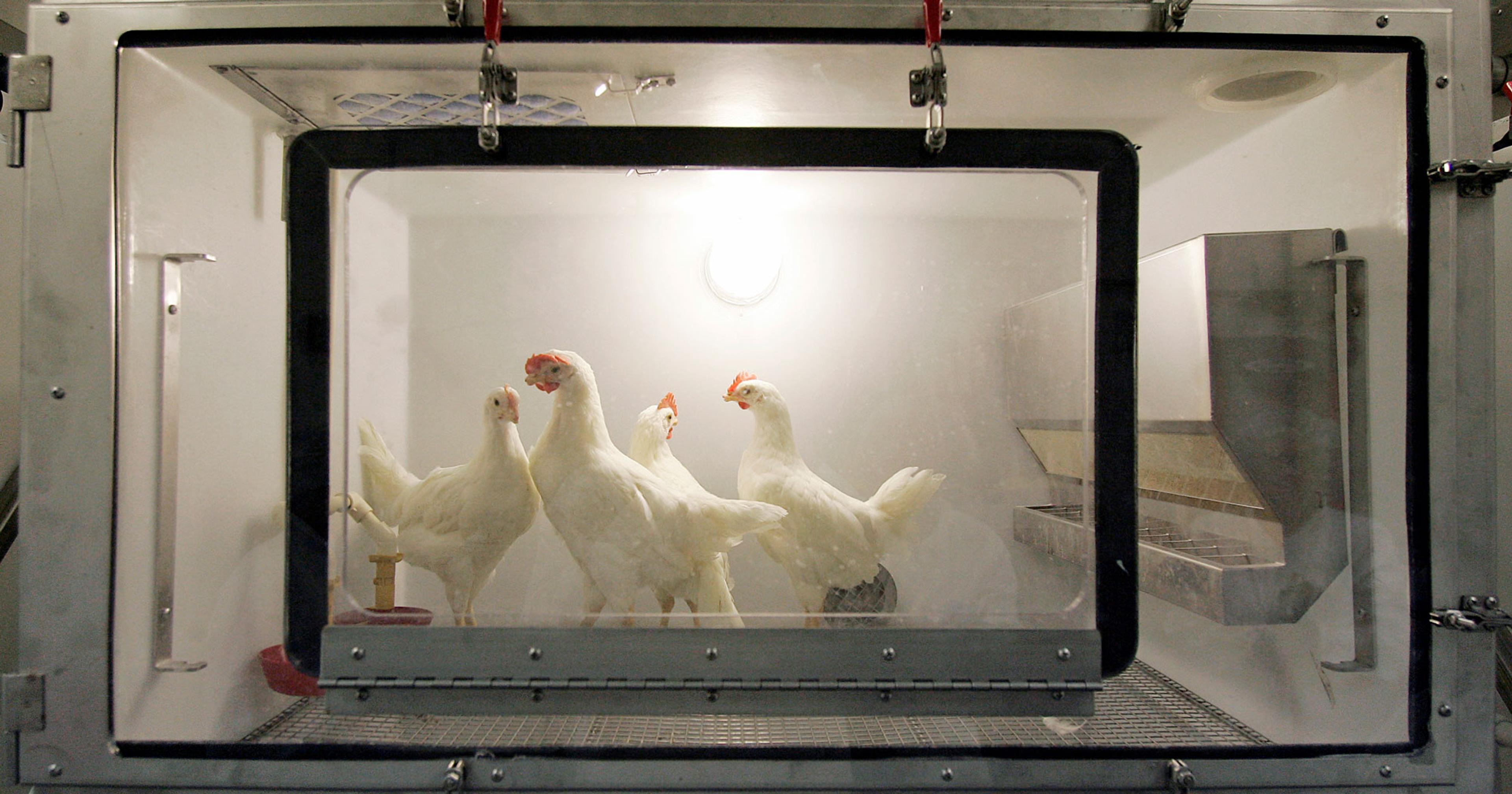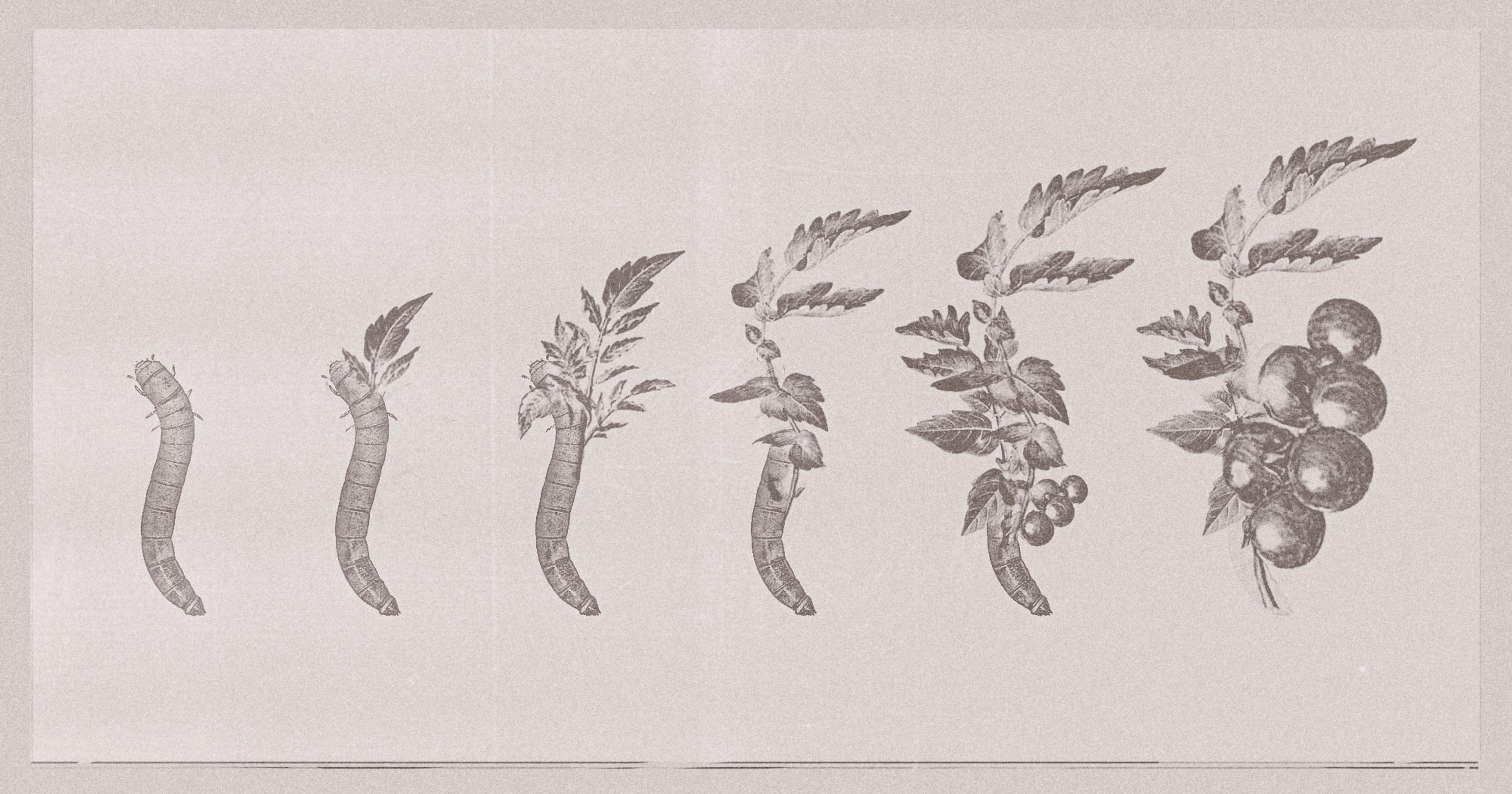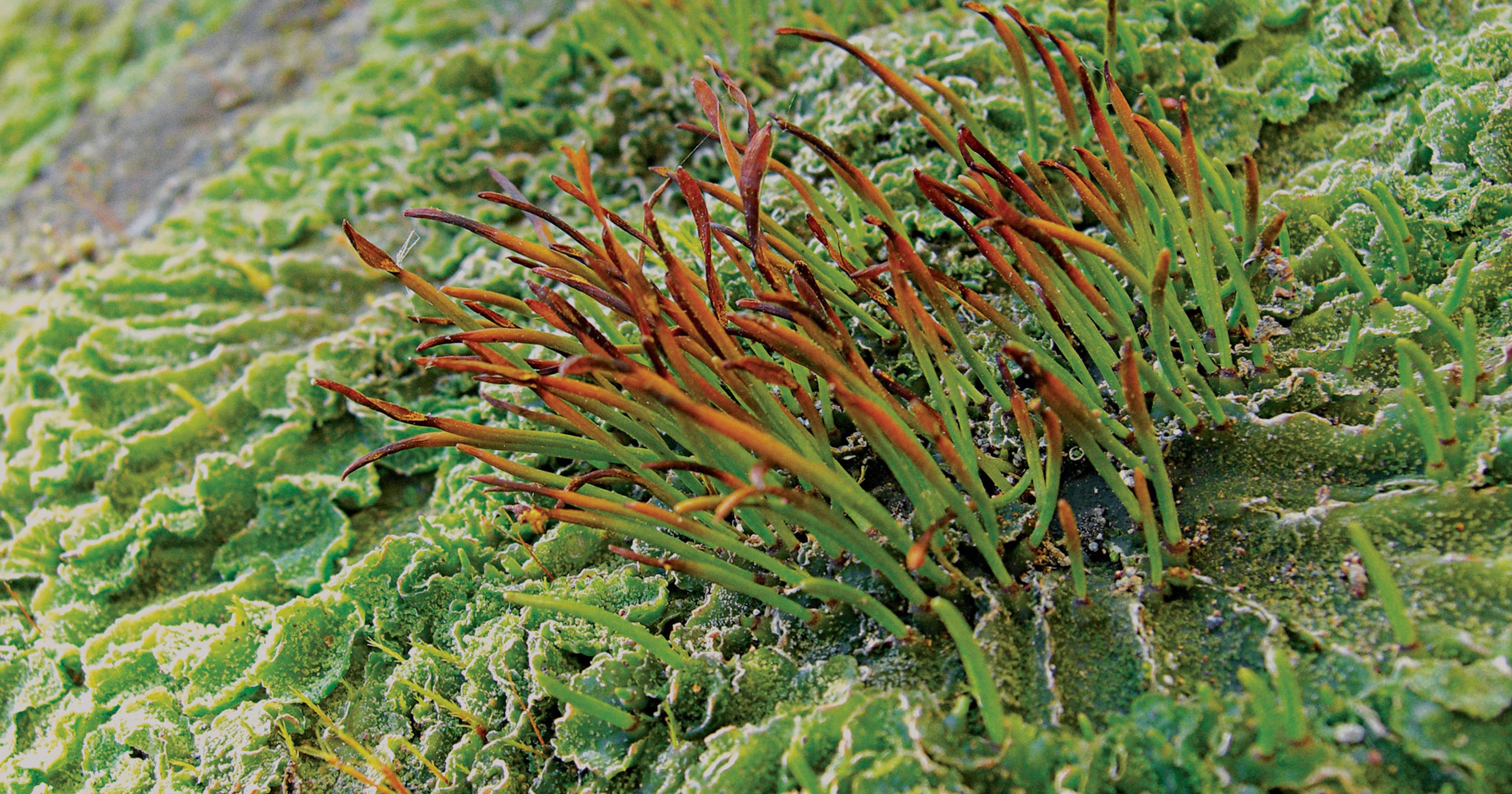Scientists are harnessing the natural immune systems of our crops, an attempt to cut down on pesticide use.
Beneath the serene surface of a plant, invisible defenses lie in wait. When a plant is bitten into by an insect seeking a meal, or infected with a disease, these defenses leap into action.
Over the past half century, the Green Revolution — a 20th century development that boosted food production and saved a billion people from starvation, through the introduction of high-yield crops that are dependent on pesticides and fertilizers — has pushed these capabilities to the margins.
But as the costs of that choice are becoming clear, from greenhouse gas emissions to biodiversity loss, scientists are once again looking to harness plants’ innate defenses with induced resistance, or “plant vaccines,” to help the plants fight back.
“We don’t have a choice,” said Jurriaan Ton, professor of plant environmental signalling at University of Sheffield in the UK and co-author of a 2024 paper on induced resistance. Just as the Green Revolution transformed agriculture in the last century, “we need a second green revolution that allows us to uphold our food production in a much more sustainable way.”
Part of that sustainable way may be to boost plant immunity — a phenomenon called induced resistance — by priming plants’ natural abilities to fight back against pests and pathogens. “[The innate immune system] is incredibly important,“ said Ton. “Without it, plants wouldn’t have survived for 500 million years.”
A Visible Threat
In California, lettuce growers have been grappling with the limitations of the current system.
In 2020, lettuce crops were devastated by Impatiens necrotic spot virus, a pathogen transmitted by miniscule insects called thrips. “It starts with marginal spotting symptoms on the plant,” said Ryan Kelly, vice-president and general manager of Boutonnet Farms, a vegetable grower with 5,000 acres in the Salinas Valley, roughly half of which is lettuce. “Within a couple weeks, your plants are dead.”
Overall, the farm lost around six percent of overall production, while total losses for growers reached $100 million. Another INSV outbreak in 2022 caused $150 million in losses.
While Boutonnet Farms stemmed the bleeding by switching to resistant varietals, controlling the disease currently requires controlling the vector, and thrips are very difficult to suppress, said Kelly. “There’s not a lot of materials that are effective,” he said. Those chemicals that do work are of an older generation that are being phased out. “We don’t have a lot of tools in the toolbox.”
These issues aren’t confined to lettuce: Plant diseases are increasing, and are expected to become more severe as a result of climate change, even as pests and weeds are becoming more resistant to chemical control.
To cope, scientists are instead looking to plants’ innate immune systems for alternatives to external chemical controls.
The Power Within
Just as animals have immune systems, plants have natural defenses that they acquire over time. But while mammals, including humans, have white blood cells that produce antibodies to attack invading pathogens, plants’ immune systems don’t have specialized cells. Instead, plant cells can produce tens of thousands of specialized molecules that act as toxins or defences against invaders.
In agriculture, this ability has been eroded over time; not only has selective breeding for commercial species intentionally eliminated plant toxins, it’s also inadvertently eliminated plants’ defense mechanisms in favor of yield.
“Crop breeding has tended to maximize growth, and that by definition minimizes the defense responses,” said Michael Roberts, senior lecturer in plant science at Lancaster University in the UK. “The simplest way of looking at it is that you can’t invest your resources in both growth and defense at the same time.”
This has meant that an agricultural system focused primarily on yields has made plants more vulnerable to attack. That’s where induced resistance — and specifically, a form of induced resistance called defensive priming — comes in.
As the Covid-19 pandemic highlighted, human vaccines create resistance to disease by tricking the immune system into thinking it’s under threat — thereby priming the system to respond to future threats.
In plants, this follows a similar principle.
How to Induce
When a plant is infected or attacked, this creates a long-term memory of stress. “The plant makes a calculated guess that if I’ve been attacked once, I may well be attacked in the future, and it ups its ability to defend itself,” said Roberts.
In agriculture, scientists don’t want to go as far as actually attacking or infecting plants with real disease to trigger that memory. Instead, chemicals (like vitamin B1 or salicylic acid), or bacteria and fungi, induce resistance by mimicking the signals the plant uses when it’s under attack. This prompts a weak defensive response that primes the plant to jump into battle when actually required.
Roberts has seen this work with tomatoes; a dozen years ago, his PhD student proposed applying the hormone jasmonic acid, which triggers a defensive response, to tomato seeds.
The student hypothesized this could mitigate the growth reduction associated with triggering defensive responses in actual plants. But Roberts was initially skeptical, thinking the hormone wouldn’t work if it wasn’t applied to growing tissue.
“To cut a long story short, it worked,” Roberts said. The tomato plants exhibited improved resistance to attacks from insects during their growth period.
“We will have to take a cut in yield and growth, but the long-term benefits greatly outweigh the cost.”
Making use of induced resistance at a broader scale means figuring out how to make the effects last. One strategy is to get plants to pass resistance down to future generations through epigenetic changes, meaning chemical changes to a plants DNA that don’t change the plants’ genetic sequence, but determine which defensive genes are expressed.
Ton stumbled across this fortuitously; years ago, his lab was running short on seed stock for Arabidopsis thaliana, a cress varietal that serves as a common lab rat for plant research. To avoid running out, he directed a student to save the seeds from plants badly affected by disease.
Later, they observed the plants grown from those seeds (which were genetically identical to non-infected plants) were more disease-resistant — a change that could only be explained by epigenetic mechanisms. “Those … give plants the ability to build up immune memory.”
In addition to work on chemicals like beta-amino acids as vaccines to induce immunity in plants, Ton’s lab is now working on epigenetic mechanisms, and is confident that epigenetic changes can be manipulated to prime plants over the long-term, allowing them to be more efficient in fighting off pests and diseases. “It allows us to take a short cut.”
The Challenges
There are still hurdles, Ton said. Induced resistance can have consequences for growth and seed production.
Plant vaccines are also subject to practical constraints; strategies that use plants’ defenses are less effective, and more sensitive to environmental conditions, than pesticides. “There’s more variability there, so that introduces some uncertainty to growers,” said Roberts.
Regulatory hurdles are another barrier; jasmonic acid, the natural plant hormone Roberts’ lab has used on tomato seeds, is widely used in the perfume and food industries, but is classified as a pesticide once used to induce resistance in a plant. While his lab’s tomato seed treatment has been commercialized, Roberts said those barriers make it costly to introduce priming chemicals into the agricultural system.
Still, these hurdles and limitations need to be weighted against the harms caused by agrochemicals, Ton said. “[Farmers] don’t have an easy job, and financially, they have their backs against the wall, but they see that modern high-production systems are not sustainable and are eroding their soils.”
“Yes, we will have to take a cut in yield and growth, but the long-term benefits greatly outweigh the cost,” he added.
Ultimately, scientists say plants’ natural abilities aren’t a replacement for all pesticide use; instead, they’re part of a range of tools that will shift us away from the one-size fits all solutions of the first green revolution.
In the Salinas Valley, lettuce growers have been considering this too, with researchers investigating immunity priming for protection against INSV infections.
At Boutonnet Farms, Ryan Kelly has his eye on new strategies for pests and pathogens too; while his operation isn’t currently using induced resistance, he said an approach that considers the whole system is essential.
“You just kind of have to know the crop and know the pest that you’re fighting to know some of the best ways to control it,” he said. “There’s no more silver bullets — those are gone.”

